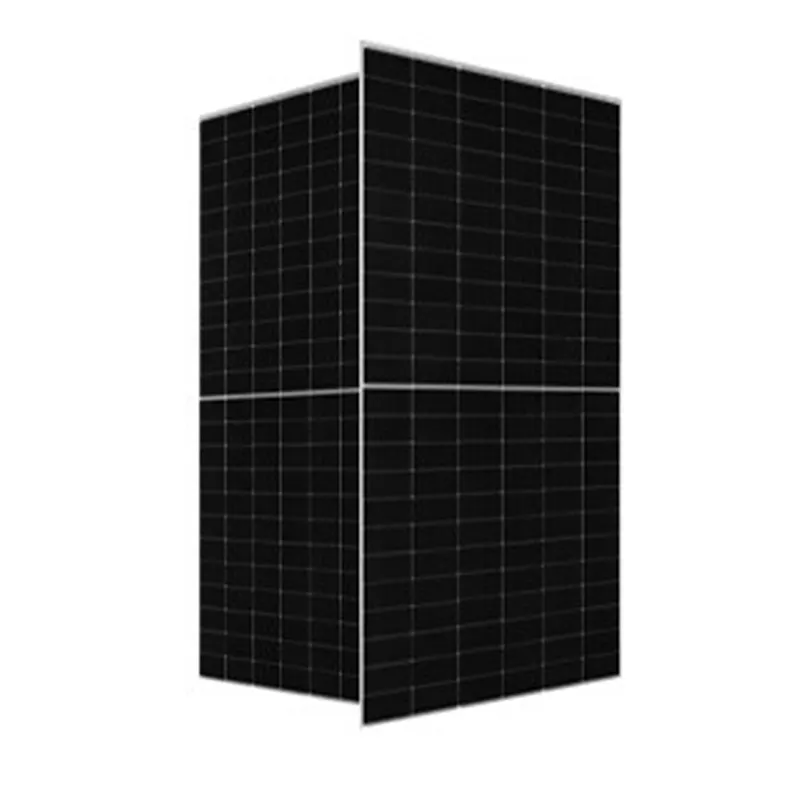Comparing Solar String Inverters and Microinverters for Optimal Solar Energy Solutions and Efficiency
Solar String Inverter vs. Micro Inverter A Comprehensive Comparison
As the demand for renewable energy sources continues to grow, solar power has emerged as a leading option for both residential and commercial energy needs. When installing a solar power system, one of the critical decisions involves choosing the right type of inverter to convert solar energy into usable electricity. The two predominant options are string inverters and microinverters. Each comes with its own set of advantages and disadvantages, which can significantly impact the performance and efficiency of a solar energy system.
Understanding String Inverters
String inverters are the most common type of inverter used in solar installations. In a string inverter system, multiple solar panels are connected in series, or “strings,” to a single inverter. This centralized approach allows for easy installation and maintenance, as all panels connect to one unit. With string inverters, energy from the entire array is converted at once, making it a cost-effective option for large-scale installations.
However, string inverters come with certain limitations. One major drawback is that the performance of the entire string can be affected by the weakest panel. If one panel is shaded or underperforming due to dirt or damage, it can drag down the energy output of the whole string. This phenomenon is known as the “module mismatch” effect, which can lead to overall system inefficiencies.
Exploring Micro Inverters
Microinverters, on the other hand, work on a different principle. Instead of having one centralized inverter, microinverters are installed on each individual solar panel. This allows each panel to operate independently, maximizing the energy production from each unit. As a result, if one panel is shaded or damaged, the others can continue to perform optimally. This independence can be particularly beneficial in situations where shading occurs at different times of the day or if panels are installed at various angles.
solar string inverter vs micro inverter

One of the significant advantages of microinverters is their ability to optimize energy harvest and improve overall system performance. They also provide enhanced monitoring capabilities, allowing homeowners and installers to track the performance of each panel individually. This feature can help in quickly identifying and addressing any issues that may arise.
Cost Considerations
When it comes to installation costs, string inverters are generally less expensive than microinverters. Because string inverters can manage multiple panels at once, they typically require less labor and fewer materials. This cost advantage makes them an attractive choice for larger installations where price may be a significant factor.
In contrast, microinverters, while more costly upfront, can yield higher efficiency gains over time due to their ability to maximize output and reduce losses from shading or panel mismatches. For homeowners with complicated roof layouts or with potential shading issues, the investment in microinverters could pay off in the long run through increased energy production.
Conclusion
Ultimately, the choice between string inverters and microinverters depends on various factors, including the specific needs of the solar installation, budget considerations, and the physical layout of the solar panels. String inverters may be the best option for straightforward installations with minimal shading, while microinverters shine in more complex scenarios that require optimized performance. As solar technology continues to evolve, understanding these differences is essential for making informed decisions that will maximize energy efficiency and return on investment in solar energy systems.
-
String Solar Inverter: The High-Efficiency Solution for Smart Solar EnergyNewsJul.14,2025
-
Revolutionizing Rooftop Energy with the Power of the Micro Solar InverterNewsJul.14,2025
-
Power Independence with Smart Off Grid Solar Inverter SolutionsNewsJul.14,2025
-
On Grid Solar Inverter: Powering the Future with Smart Grid IntegrationNewsJul.14,2025
-
Monocrystalline Solar Panels: High-Efficiency Power for the Future of Clean EnergyNewsJul.14,2025
-
Bifacial Solar Panel: A Smarter Investment for Next-Generation Energy SystemsNewsJul.14,2025







